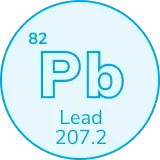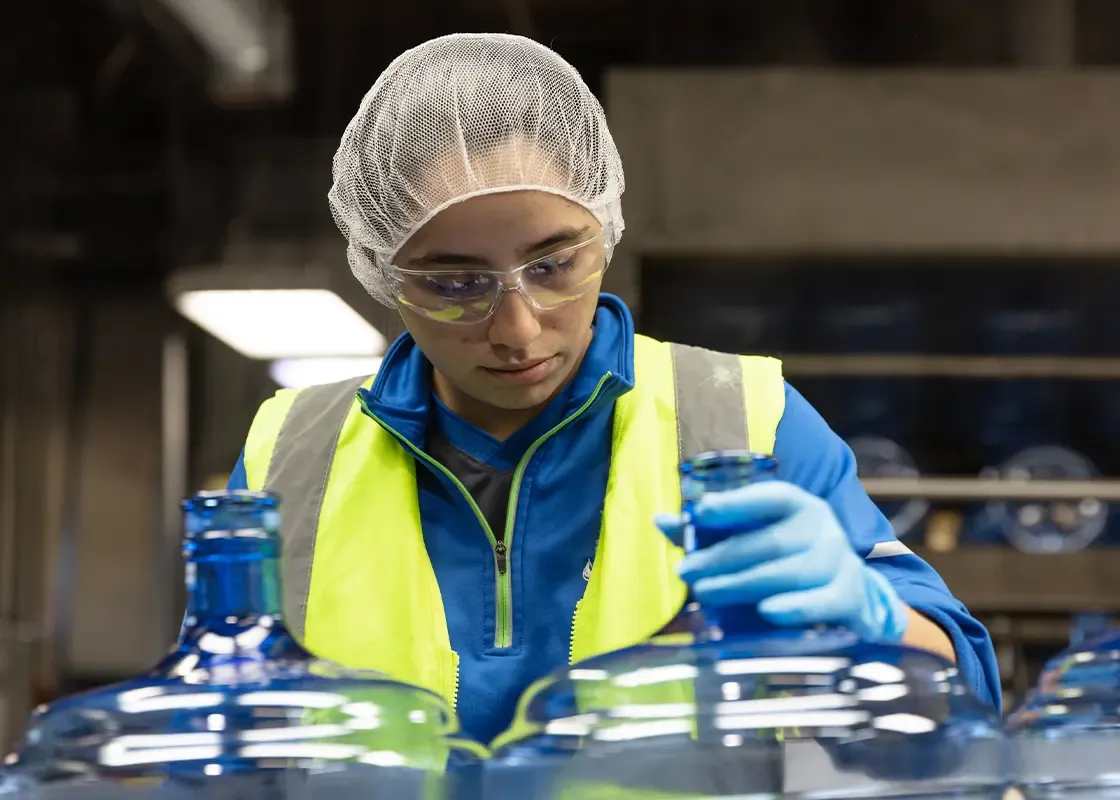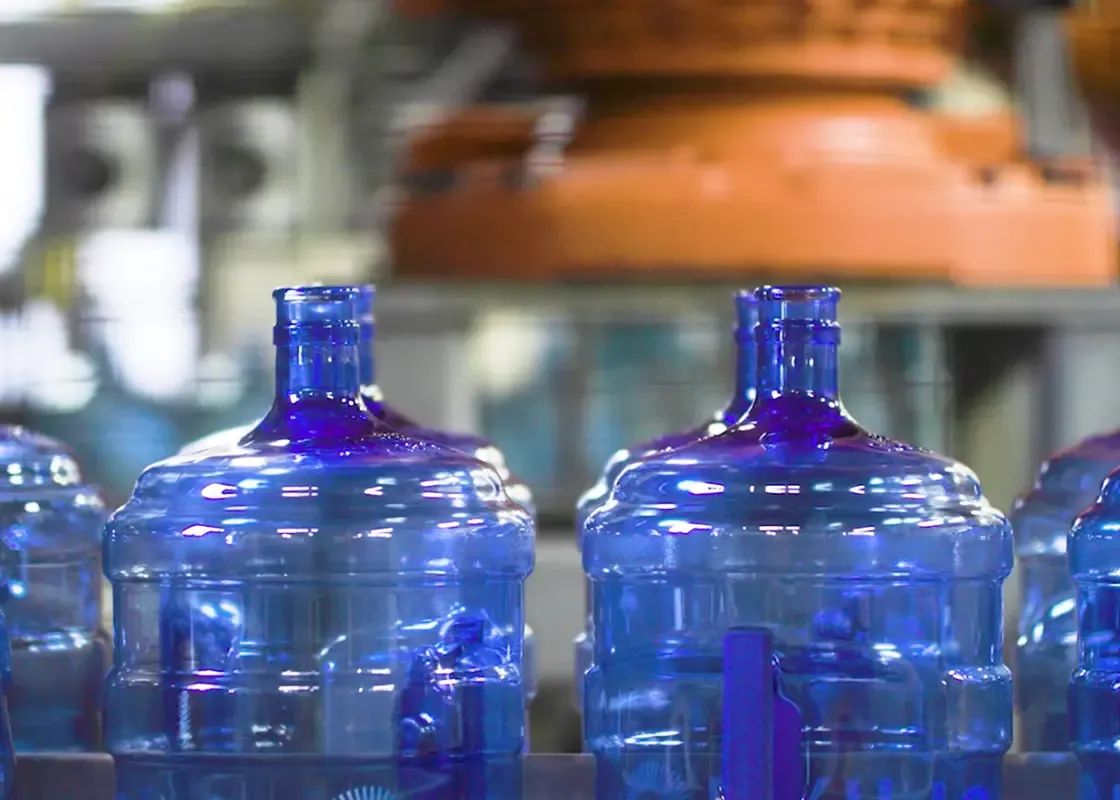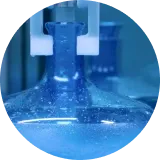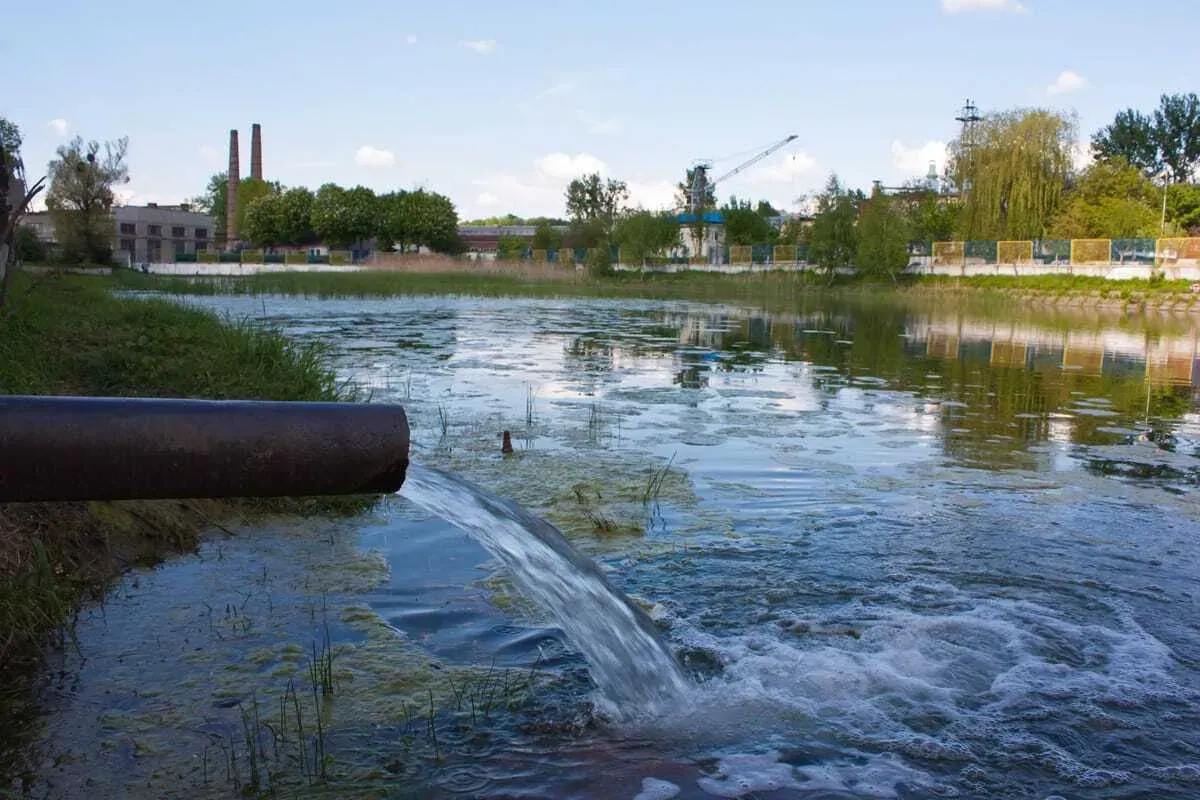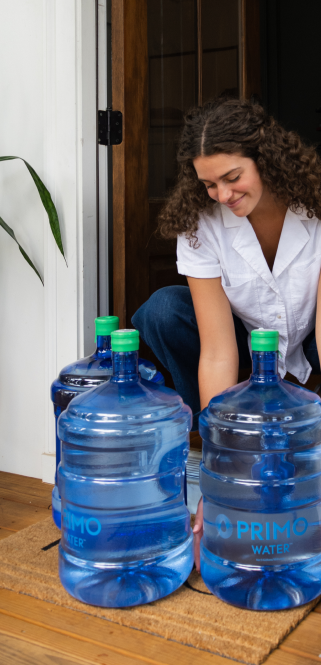
PRIMO WATER SCIENCE
Good health starts with safer water for your home and office.
Water Filtration Methods
Filtration provides safer, purer water by removing and reducing contaminants, for clean, great-tasting, high-quality water with every pour.
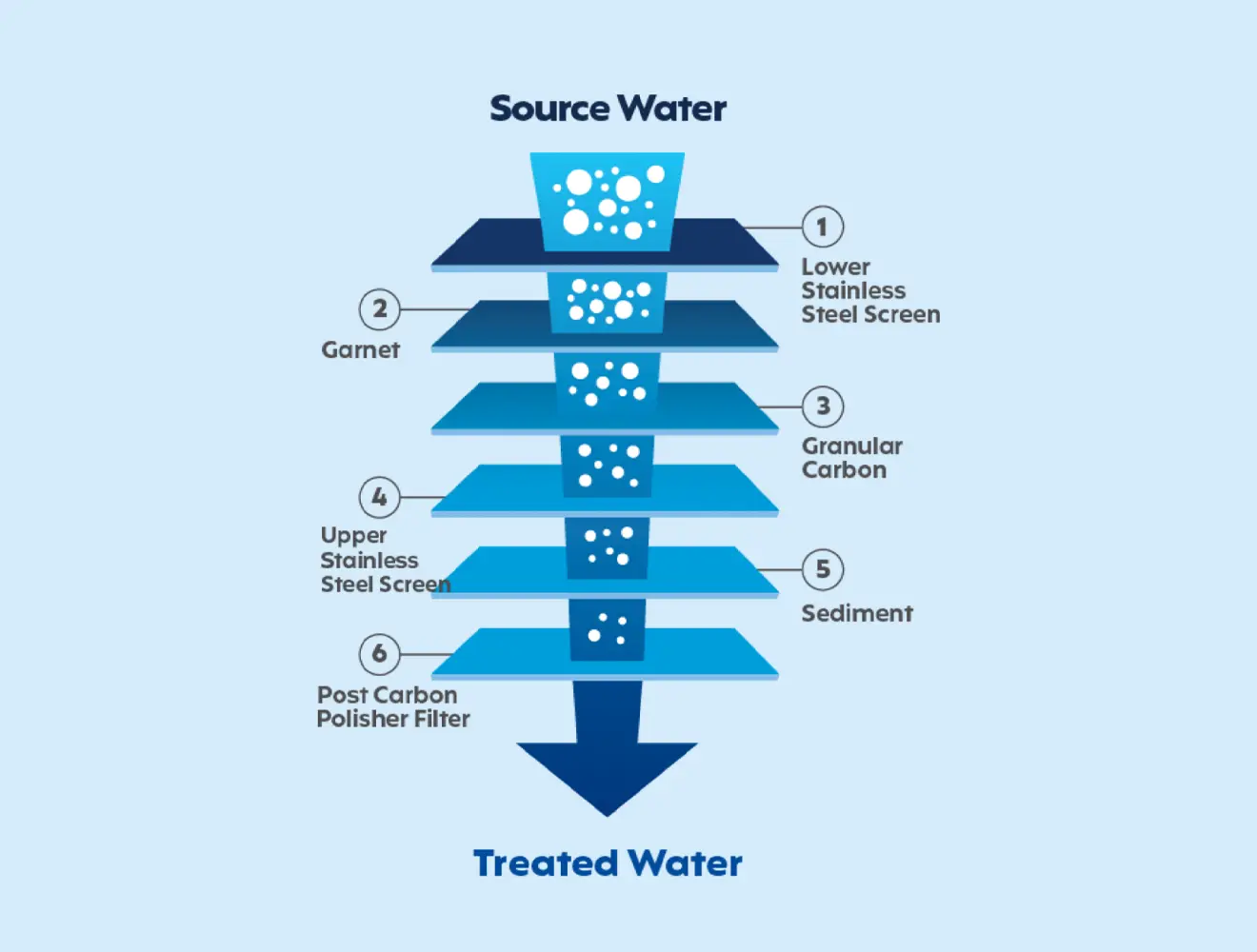
Activated Carbon
Activated carbon water filtration systems work by forcing water through a carbon filter that captures and reduces contaminants, such as chlorine, bacterial cysts, biological impurities, and sediments that affect water taste and odor. Contaminants adhere to the carbon filter, so that only clean water flows out.
Activated Carbon Removes or Reduces: Chloramine, Chlorine, Lead pH 6.5, Lead pH 8.5, Bisphenol A, Estrone, Ibuprofen, Naproxen, Nonylphenol, Atenolol, Carbamazepine, Linuron, Meprobamate, Phenytoin (Dilantin), Trimethoprim
Activated carbon water filtration systems work by forcing water through a carbon filter that captures and reduces contaminants, such as chlorine, bacterial cysts, biological impurities, and sediments that affect water taste and odor. Contaminants adhere to the carbon filter, so that only clean water flows out.
Activated Carbon Removes or Reduces: Chloramine, Chlorine, Lead pH 6.5, Lead pH 8.5, Bisphenol A, Estrone, Ibuprofen, Naproxen, Nonylphenol, Atenolol, Carbamazepine, Linuron, Meprobamate, Phenytoin (Dilantin), Trimethoprim
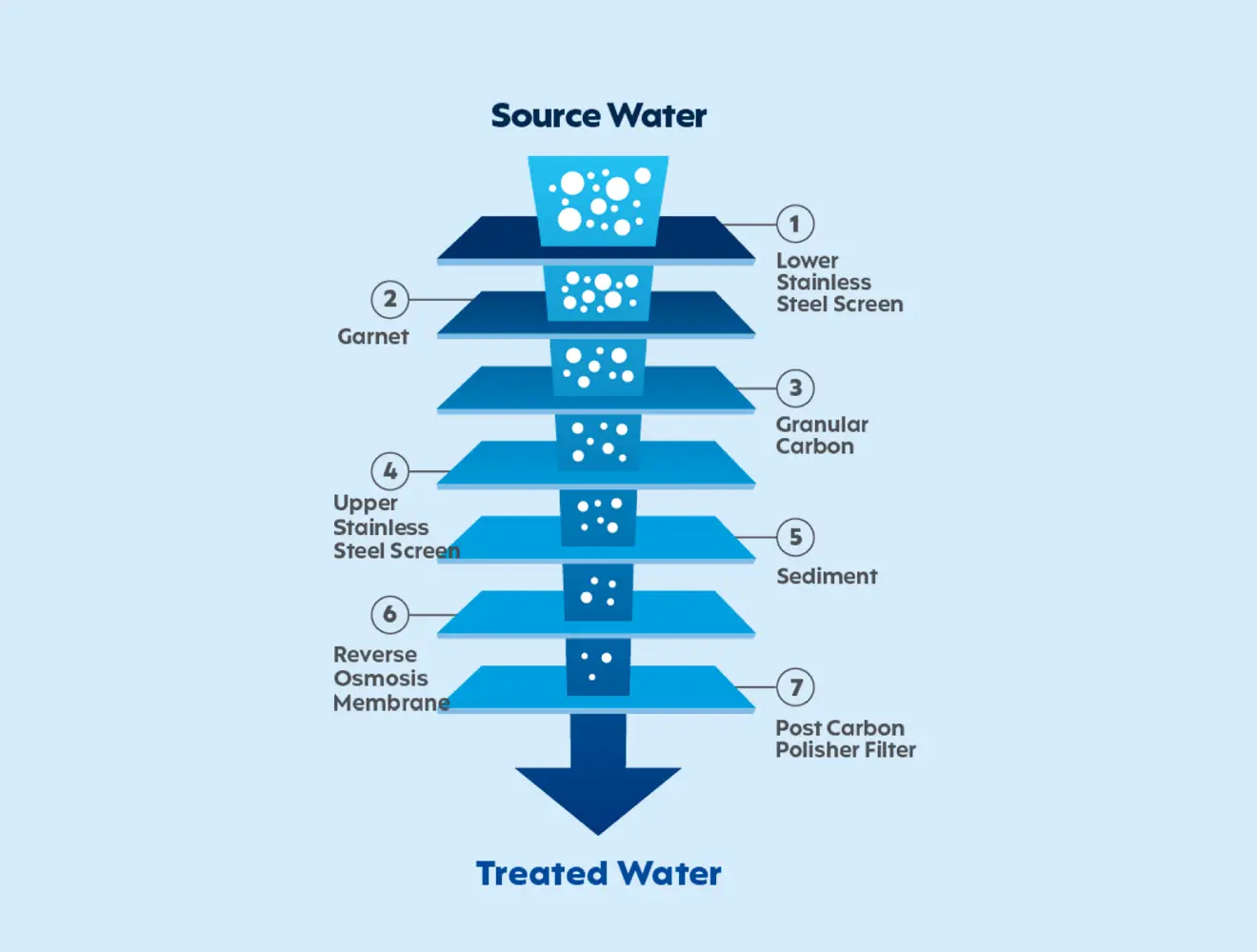
Reverse Osmosis
Reverse osmosis filtration systems build on the benefits of carbon filtration and take your water treatment to another level. The main filtration mechanism forces water through a semi-permeable membrane to filter out very small particles. The result is water with a crisp, refreshing taste.
Reverse Osmosis Removes or Reduces: Pentavalent Arsenic, Barium, Radium, Copper, Fluoride, Cyst, Turbidity, Cadmium, Trivalent Chromium, Lead, Hexavalent Chromium, Selenium, TDS, Chloramine, Chlorine, Bisphenol A, Ibuprofen, Naproxen, Nonylphenol, Atenolol, Carbamazepine, Linuron, Meprobamate, Phenytoin (Dilantin), Trimethoprim, DEET, Metolachlor, TCEP, TCPP
Reverse osmosis filtration systems build on the benefits of carbon filtration and take your water treatment to another level. The main filtration mechanism forces water through a semi-permeable membrane to filter out very small particles. The result is water with a crisp, refreshing taste.
Reverse Osmosis Removes or Reduces: Pentavalent Arsenic, Barium, Radium, Copper, Fluoride, Cyst, Turbidity, Cadmium, Trivalent Chromium, Lead, Hexavalent Chromium, Selenium, TDS, Chloramine, Chlorine, Bisphenol A, Ibuprofen, Naproxen, Nonylphenol, Atenolol, Carbamazepine, Linuron, Meprobamate, Phenytoin (Dilantin), Trimethoprim, DEET, Metolachlor, TCEP, TCPP
Refill Stations Filtration Process
Primo self-service refill stations undergo a 5-step Reverse Osmosis (RO) purification process that removes harmful microorganisms, heavy metals, trace pharmaceuticals and more. And yes— that includes PFAS. Plus, we complete 71,000+ individual certified quality tests on Primo Water Refill machines annually.
-
1 SEDIMENT FILTRATION Traps dust, dirt, and pipe scale
-
2 ACTIVATE CARBON FILTRATION Remove odor, tastes & chlorine
-
3 REVERSE OSMOSIS Removes 95-99% of total dissolved solids like lead, mercury, fluoride, and sub-micron particles
-
4 POST CARBON FILTRATION Remove odor, tastes & chlorine
-
5 ULTRAVIOLET STERiLIZATION Ensures high-quality water for your safety.
Exchange Stations Filtration Process
Available at 13,000+ retailers, our water exchange stations provide you with full bottles of purified water in 3- and 5-gallon bottles. Our water purification process ensures that your drinking water is as refreshing as nature intended — and you’ll taste the difference.
-
1 Coarse Filtration Remove sediment & pipe scale
-
2 Fine Filtration Remove iron and fine particles
-
3 CARBON FILTER Remove odor, taste & chlorine
-
4 SOFTNESS Remove scale- causing mineral salts
-
5 ULTRAVIOLET STERiLIZATION Kills bacteria
-
6 REVERSE OSMOSIS Purifies Water
-
7 MINERAL ADDITION For taste perfection
-
8 OZONATION For safety & freshness
-
9 BOTTLE INSPECTION, SANITIZATION & FILLING Guarantees quality
Primo® Water Science Technology
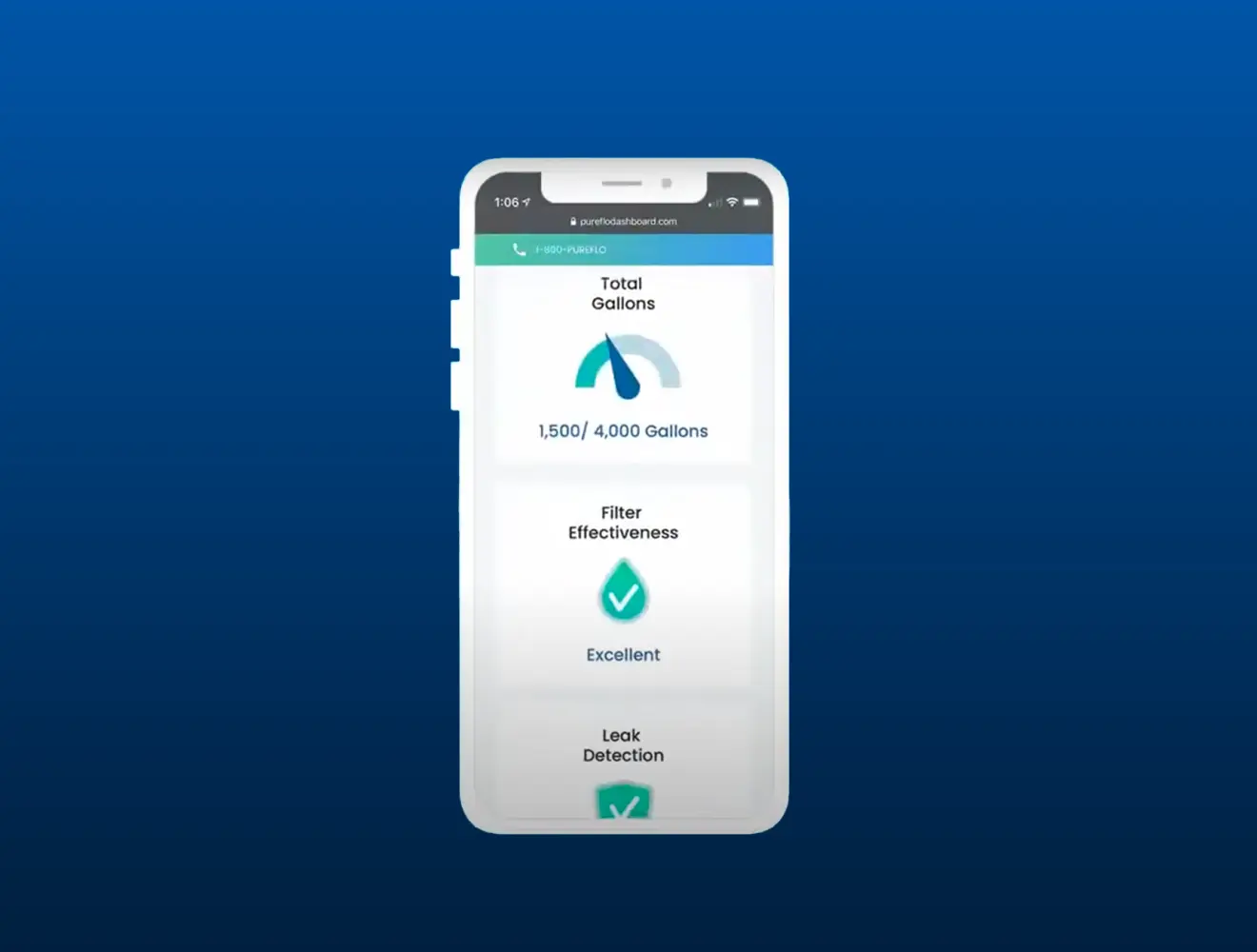
Smart Monitoring
Our IoT-enabled smart monitoring technology automatically monitors your equipment performance and provides real-time data about your unit's water throughput and purity, and whether a leak has been detected. If anything isn't up to our high standards, we are alerted immediately and will reach out to schedule a service call.
Our IoT-enabled smart monitoring technology automatically monitors your equipment performance and provides real-time data about your unit's water throughput and purity, and whether a leak has been detected. If anything isn't up to our high standards, we are alerted immediately and will reach out to schedule a service call.

Carbon Shaker
Our Carbon Shaker water filtration technology provides more consistent water quality every time you pour. While a traditional carbon filter creates channels as water passes through, our Shaker technology vibrates the filter to expose your water to new filter material every time, dramatically improving the effectiveness and longevity of your filter.
Our Carbon Shaker water filtration technology provides more consistent water quality every time you pour. While a traditional carbon filter creates channels as water passes through, our Shaker technology vibrates the filter to expose your water to new filter material every time, dramatically improving the effectiveness and longevity of your filter.
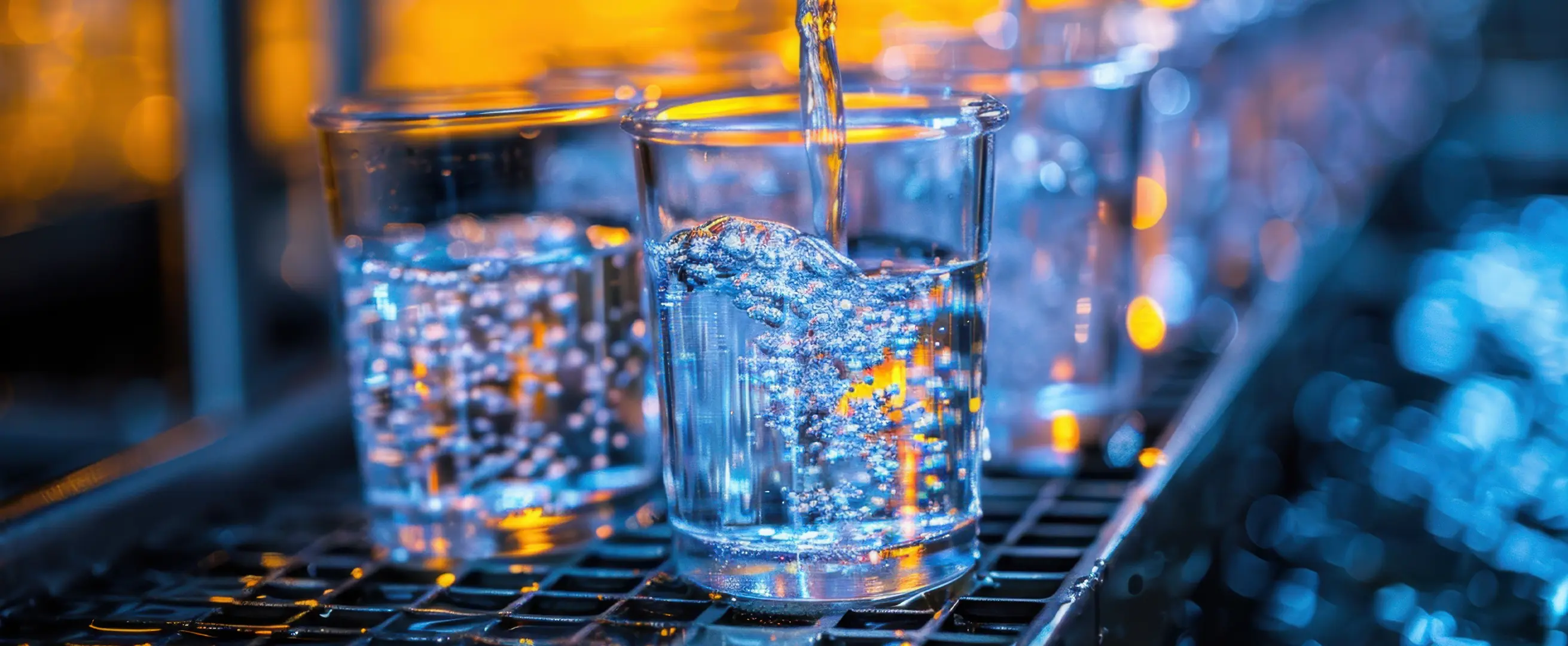
Water Softeners
Ion Exchange Technology Water softeners, using ion exchange technology, are vital in Primo's advanced filtration systems. This technology removes calcium and magnesium ions, responsible for water hardness, and replaces them with sodium ions via a synthetic cation resin. This process prevents scaling on equipment, ensuring their efficiency and longevity.
Ion Exchange Technology Water softeners, using ion exchange technology, are vital in Primo's advanced filtration systems. This technology removes calcium and magnesium ions, responsible for water hardness, and replaces them with sodium ions via a synthetic cation resin. This process prevents scaling on equipment, ensuring their efficiency and longevity.

Steam Distillation
Steam distillation is a purification process where water is heated to boiling, converting it to vapor and leaving impurities behind. This vapor is then cooled in a condenser to recover high-purity water, effectively removing virtually all minerals. This method ensures the highest purity for applications requiring mineral-free water.
Steam distillation is a purification process where water is heated to boiling, converting it to vapor and leaving impurities behind. This vapor is then cooled in a condenser to recover high-purity water, effectively removing virtually all minerals. This method ensures the highest purity for applications requiring mineral-free water.
Primo Water® Sustainability Science
Primo® Water is committed to doing our part for the planet by protecting our natural resources and actively working to reduce our carbon footprint—because creating a greener world means making every drop count.
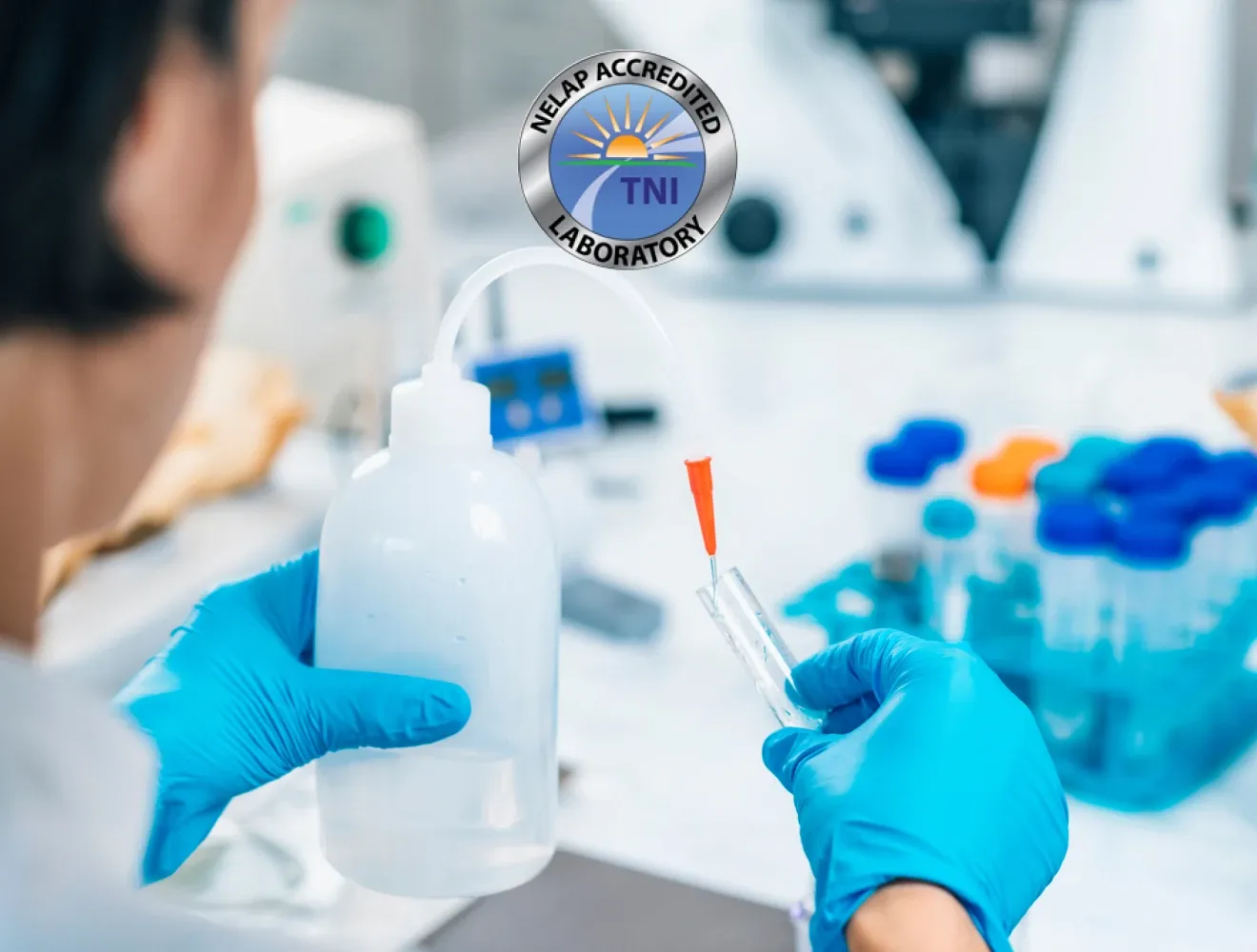
National Analytical Laboratory
The NELAP (National Environmental Laboratory Accreditation Program) is a certified laboratory for drinking water products. The laboratory analyzes approximately 175,000+ individual tests annually.
• Testing includes municipal/spring/well testing, finished bottled water, packaging materials and water dispenser contact surfaces.
• Microbiological testing, including DNA sequencing technology.
• Inorganic chemistry: elemental analysis, mineral content (ex: calcium, magnesium, potassium, silica, iron).
• Organic chemistry: Volatile and semi-volatile Organic Compounds (VOC’s and SVOC’s) including municipal water disinfection byproducts, pesticides and herbicides. Some detection levels are as low as parts-per-billion.
The NELAP (National Environmental Laboratory Accreditation Program) is a certified laboratory for drinking water products. The laboratory analyzes approximately 175,000+ individual tests annually.
• Testing includes municipal/spring/well testing, finished bottled water, packaging materials and water dispenser contact surfaces.
• Microbiological testing, including DNA sequencing technology.
• Inorganic chemistry: elemental analysis, mineral content (ex: calcium, magnesium, potassium, silica, iron).
• Organic chemistry: Volatile and semi-volatile Organic Compounds (VOC’s and SVOC’s) including municipal water disinfection byproducts, pesticides and herbicides. Some detection levels are as low as parts-per-billion.
Quench your thirst for knowledge
*Based on the expected lifetime use of one Primo Water 5 Gallon bottle compared to the equivalent volume of water in single-use water bottles.



